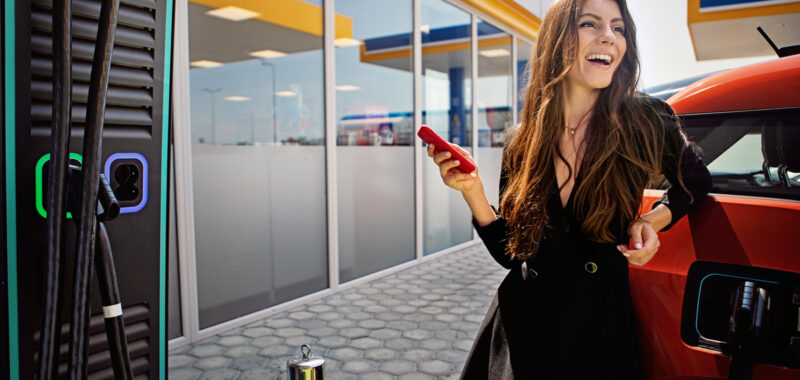Sometimes, valuable information regarding a company’s prospects can be garnered from its peers and clients. That’s the case with what tech giant and Google-owner Alphabet’s (GOOG -0.92%) management recently said on its earnings call. Here’s a look at three discussion points from the earnings call that are great news for Tesla (TSLA 4.66%) and Nvidia (NVDA -0.62%) investors.
Tesla’s business model
Alphabet Chief Executive Officer Sundar Pichai remarked that he had received his first-ever question on its Waymo self-driving car business during the recent first-quarter earnings call. The question related to Waymo’s long-term business model and the possibility of licensing, and his answer read well for Tesla investors. Pichai responded that Waymo could partner with automotive original equipment manufacturers (OEMs) and that “there is future optionality around personal ownership as well.”
Pichai’s comments help affirm Tesla’s business model with robotaxis. While Tesla’s Cybercab grabs much of the attention because it’s a dedicated robotaxi concept with a potential price tag to match, the reality is that nearly all Tesla vehicles could become robotaxis. For example, the planned robotaxi launch in Austin, Texas, in June won’t be a Cybercab; it will be a Model Y with unsupervised autonomy. For reference, CEO Elon Musk believes Tesla will have unsupervised full-service driving (FSD) on personally owned cars by the end of the year.
Waymo’s consideration of licensing to automakers and potentially offering personal ownership of Waymo vehicles is in step with Tesla’s plans and helps validate them.
Why Tesla’s robotaxis have the edge on Waymo
The difference is that Tesla already has the best-selling vehicle in the world (the Model Y) and is continually lowering its cost per vehicle. As Musk noted on Tesla’s earnings call: “Waymo’s cars are very expensive, made in low volume. Teslas are probably one quarter, 20% of what a Waymo costs, and made in very high volume.”

Image source: Getty Images.
If — and it’s a big if because Tesla has disappointed before on these issues — Musk can get the robotaxi concept operational, roll it out as an option in the Tesla fleet, and get the Cybercab in production in 2026 as planned, there’s significant upside potential for the stock.
As previously discussed, Tesla is a speculative growth stock, and it’s priced as such. However, in most cases, you are generally buying into a growth story in a company with limited market experience and shaky finances, that is trying to introduce and get customers to adopt a new solution/technology.
In Tesla’s case, you are buying into the dominant player in electric vehicles, with the best-selling car in the world. Tesla is introducing its robotaxi concept, which has already been readily adopted, with a business model that its competitor just said it’s considering adopting elements of.
Nvidia also receives some good news
It’s no secret that there have been fears of a slowdown in spending on data centers and other AI-related activities. That’s a concern for a company like Nvidia that provides graphics processing units (GPUs) that are essential in data centers to power artificial intelligence and high-performance computing (HPC).
Data centers are needed to support the growth in AI application use. The news that Microsoft was holding back on some early-stage data center projects and had adjusted data center leases stoked those concerns.
That said, it appears to be more of an issue for Microsoft to adjust its data center build-out and leasing to where demand is growing — latency (which increases with distance) is an issue for data center location. In fact, Microsoft’s management said it would be short of data center space in 2025.
Alphabet’s management also said that its AI products were growing “at a rate that was much higher than the cloud’s overall revenue growth rate” of about 28%. It confirmed that it was still on track to make $75 billion in capital investments this year, with management expecting to deploy more capacity closer to the end of the year.
In short, AI growth continues to be robust, and data center spending plans remain on track. That’s great news for Nvidia’s end markets, as Microsoft and Alphabet own two of the biggest data center hyperscalers in the market.
Suzanne Frey, an executive at Alphabet, is a member of The Motley Fool’s board of directors. Lee Samaha has no position in any of the stocks mentioned. The Motley Fool has positions in and recommends Alphabet, Microsoft, Nvidia, and Tesla. The Motley Fool recommends the following options: long January 2026 $395 calls on Microsoft and short January 2026 $405 calls on Microsoft. The Motley Fool has a disclosure policy.

